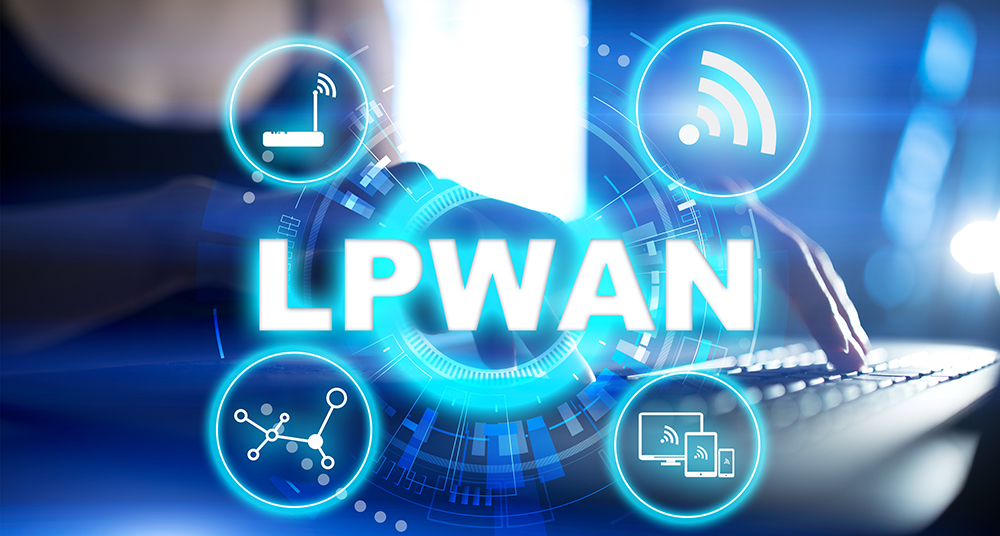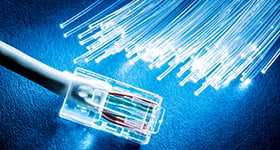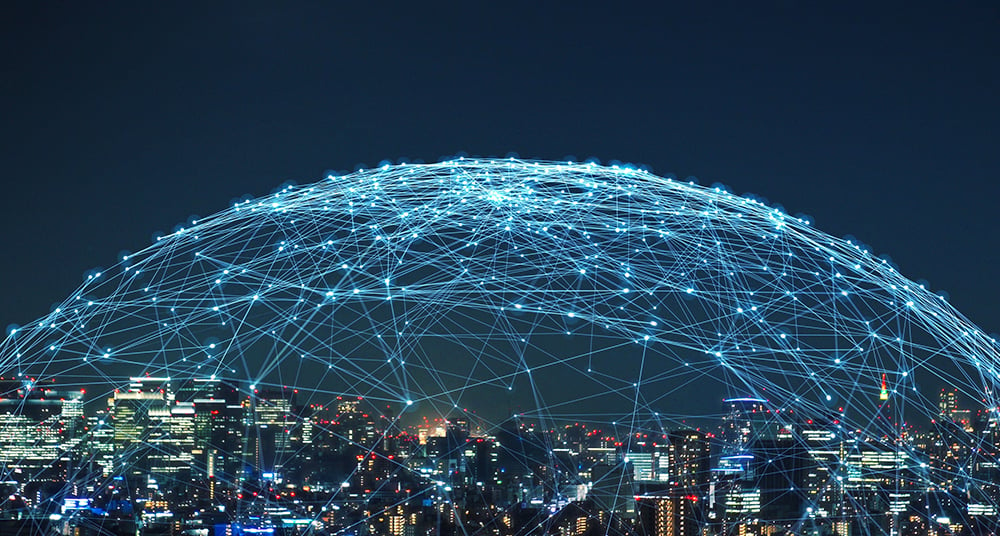
IoT growth impacts enterprises and the networks they access. It is the business side of IoT that will be important to enterprise costs, revenue, and profits. Connecting billions of IoT devices economically is a challenge. The introduction of Low Power Wide Area (LPWA) cellular technologies is one answer.
Serving IoT Devices
The network architecture for wireless IoT devices should:
- Support long range communications
- Operate with low power and long battery life
- Manage a large number of endpoints
- Support both low and high latency (delay) applications
- Deal with radio interference
- Deliver secure communications
- Operate with one way and bi-directional communications
- Allow a range of applications many of which have yet to be discovered
Introducing Low Power Wide Area Technologies
Low Power Wide Area (LPWA) technologies are an answer. They need to co-exist with cellular mobile network and other short range technologies. This co-existence will be delivered differently depending on the local cellular markets. LPWA networks are a competitive differentiator. The differences between the technology types include the radio spectrum used (licensed vs license exempt) and the network provider’s local market strategies.
The LoRa Alliance
The LoRa Alliance’s mission is to produce a global standard for LPWA that enables and stimulates IoT, machine-to-machine (M2M), industrial, and consumer applications. The Alliance members work together to drive the worldwide adoption of the LoRa protocol (LoRaWAN). This is performed by sharing knowledge and experience to guarantee interoperability among operators and IoT endpoints.
The Lo-Ra Alliance is a Low Power Wide Area Network (LPWAN) specification intended for wireless battery operated IoT devices. LoRaWAN targets IoT devices such as secure bi-directional communication, mobility, and localization services. The standard provides interoperability among IoT devices without requiring complex local installations.
LoRaWAN network architecture is usually configured in a star-of-stars (cluster) topology in which gateways support a transparent bridge relaying messages between IoT devices and a network server. Gateways are connected to the network server through IP connections. IoT devices use a single-hop wireless communication to one or more gateways. IoT device communications is expected to be bi-directional. Multicast operation supports operation software upgrades or other mass distribution transmissions to reduce the communication time thereby conserving cellular network time. See “A technical overview of LoRa and LoRaWAN” for more information.
What will the Enterprise Encounter?
There will be a huge number of IoT devices to pay for, maintain, and monitor. New applications will be necessary for the data center. The number of addresses for the IoT devices will explode. Alternately, cloud services may be employed to reduce the IT staff burden and capital expenses. If the cloud provider is aligned with a specific IoT device vendor, the LPWA solution may be proprietary leading to vendor and cloud lock in. Most of the IoT messages will be short and probably be sent periodically unless some event triggers a streaming transmission.
The cell network providers will probably add LPWA technologies to support the devices and price the access cost very low. One barrier is the LPWA connection that needs to be supported inside buildings. Many cell services cannot penetrate inside the building, especially basements. We may see LPWA signal boosters come on the market to solve this problem.
Finally, the enterprise will have a challenge determining the ROI for the IoT device deployment. The payback period could easily be years. The justification may be related to keeping customers that could be lost to a competitor.
Edited by
Ken Briodagh





